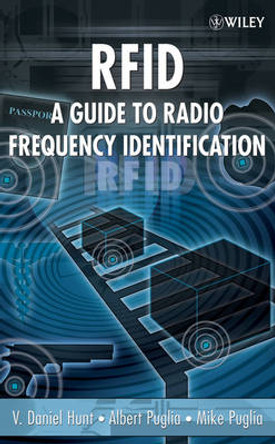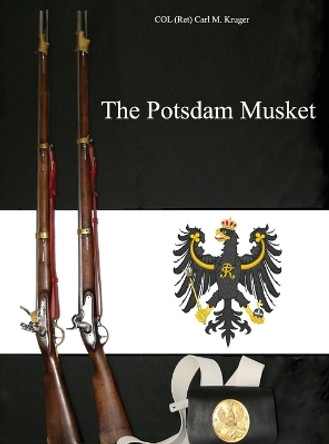Description
Musket Ball and Small Shot Identification: A Guide traces the history of musket balls and small shot, and explores their uses as lethal projectiles and in nonlethal alterations. Sivilich asks - and answers - a variety of questions to demonstrate how a musket ball found in a military context can help to interpret the site: Was it fired? What did it hit? What type of gun is it associated with? Has it been chewed, and if so, by whom or what? Was it hammered into gaming pieces?
By equipping historians and archaeologists with the information necessary for answering these questions, Sivilich's accessible work opens new views into firing lines, casualty areas, and military camps. It dispels long-held misperceptions about lead shot having been bitten by humans, offers examples of shot altered to improve lethality, and discusses balls made of materials other than lead, such as pewter.
Coupling detailed analysis with more than 300 color and black-and-white illustrations for comparison and identification, this guide will prove indispensable to historians, battlefield archeologists, and collectors. It is a critical resource for understanding the full story of firepower.
About the Author
Daniel M. Sivilich is a battlefield archaeologist with more than thirty years' experience in the field. He has authored numerous scholarly and popular articles on Revolutionary War-era historical archaeology.|Foreworder David Gerald Orr, retired as Assistant Professor of Anthropology at Temple University, is coeditor of Huts and History: The Historical Archaeology of Military Encampment during the American Civil War.
Douglas D. Scott is retired as supervisory archaeologist, Midwest Archeological Center, National Park Service. Widely known as an expert on military archaeology, he is the author or co-author of numerous publications, including They Died with Custer: Soldiers' Bones from the Battle of the Little Bighorn, Uncovering History: Archaeological Investigations at the Little Bighorn, and Custer, Cody, and Grand Duke Alexis: Historical Archaeology of the Royal Buffalo Hunt.
Henry M. Miller, a historical archaeologist, serves as Director of Research and Maryland Heritage Scholar for Historic St. Mary's City, Maryland.
Reviews
Daniel M. Sivilich's Musket Ball and Small Shot Identification: A Guideis the result of twenty-eight years of research and collaboration. The Guide is an essential reference for any archaeologist studying eighteenth-century battlefields."" - Garry Wheeler Stone, historian (retired) for Monmouth Battlefield State Park
""This well-illustrated text takes round-ball research into a new region - explanatory research - by linking shot to weaponry, military tactics, and time periods, and shows how to apply it to battlefield archaeology. Bridging the gap between seventeenth-century European round-ball research and American Civil War studies, it is an essential reference for beginning students and experienced researchers alike."" - Lawrence E. Babits, coeditor of The Archaeology of French and Indian War Frontier Forts
Book Information
ISBN 9780806151588
Author Daniel M. Sivilich
Format Paperback
Page Count 232
Imprint University of Oklahoma Press
Publisher University of Oklahoma Press
Weight(grams) 853g
Dimensions(mm) 279mm * 216mm * 14mm








